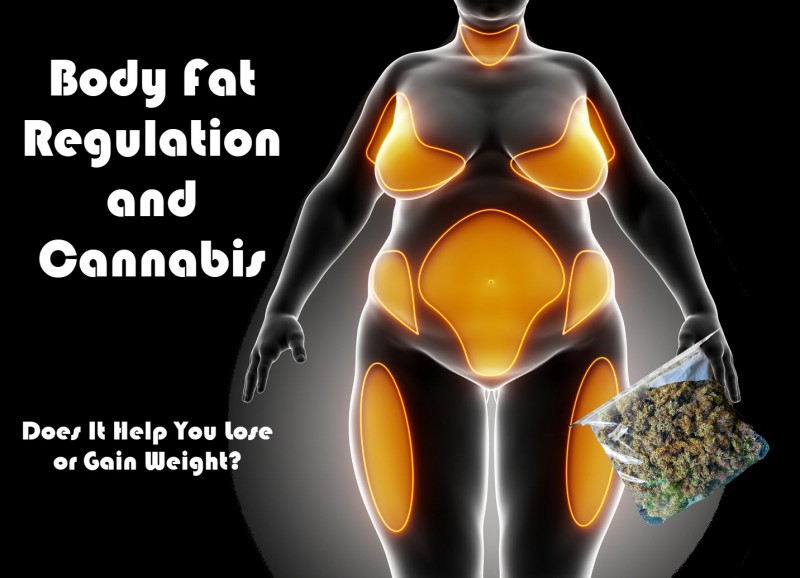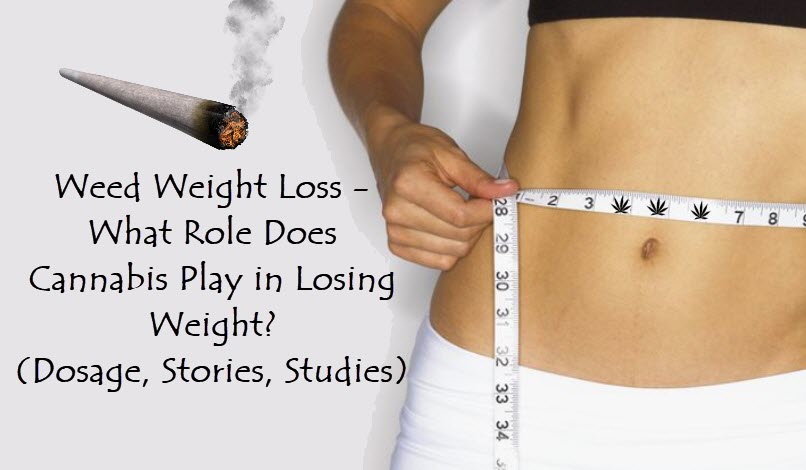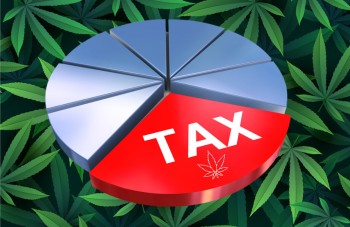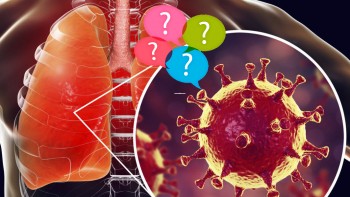How Bodyfat Interacts with Other Systems of the Body and How Cannabis Can Help?
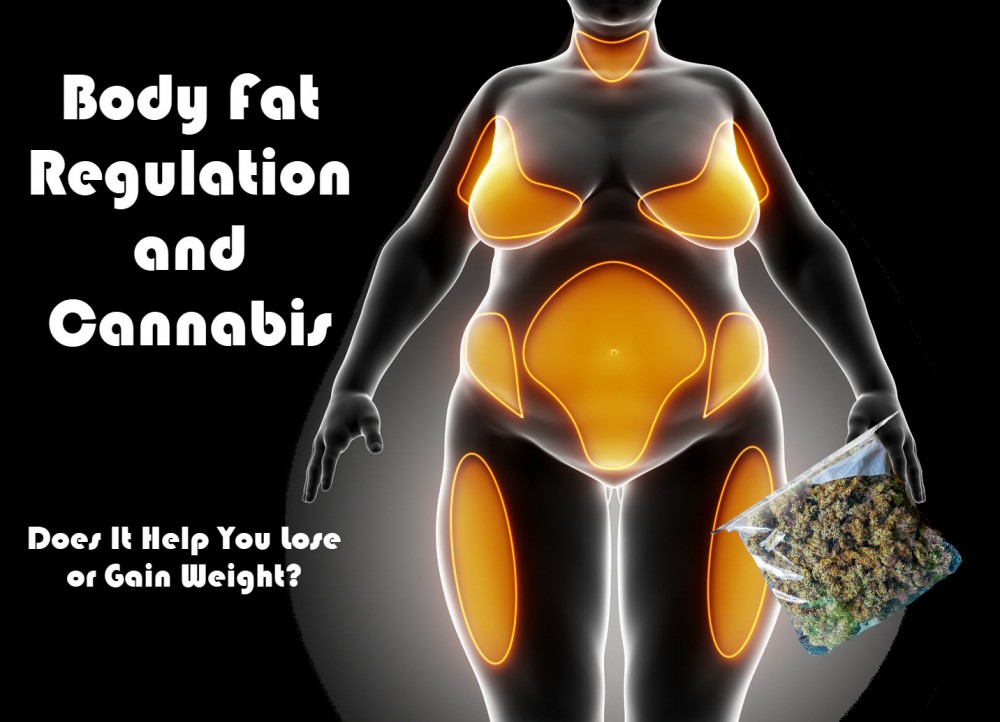
Obesity is a growing problem all over the world. Apart from eating the wrong foods like too much sugar and processed foods, obesity is caused by a chronic imbalance between energy intake and expenditure. It is especially increasing under children and adolescents that brings great concern for public health. If discipline is not practiced, obesity increases the risk of developing metabolic syndrome. This eventually leads to a decreased quality of life and shortened life span.
Many pharmacological therapies have been attempted to deal with the obesity epidemic. Most of the time there is no great success, and some negative side-effects are part of the deal. Some drugs that target the metabolic pathways have success to a certain degree, but more clinical development is needed to enforce weight control.
How Body Fat Interacts with Other Systems
Obesity is a very complex and multifactorial. Pathologically, it is an expansion of body fat. There are two reasons why there is a mass expansion. Firstly, there is a size increase in pre-existing fat cells. Then new fat cells are added. This results in endocrine and metabolic dysfunction at the level of the adipose organ (loose connective tissue composed of adipocytes to store energy in the form of fat), and for the organism as a whole.
The endocannabinoid system plays a very important role in body fat accumulation in humans. It has a direct action on the fat cell to the stimulation of energy intake to lowering energy spending through central and peripheral mechanisms.
The lipid signaling system has two G-protein coupled receptors called CB1 and CB2 receptors. It also has endogenous polyunsaturated fatty acid ligands, the endocannabinoid system, and enzymes involved in its biosynthesis and degradation. The system is well preserved throughout the ages. This suggests then that the endocannabinoid system plays a huge role in the preservation of energy through biological processes. In the lipid signaling system, the endocannabinoid system is over-activated and proper research could lead to a promising treatment for obesity.
Does Body Fat Communicate with the Endocrine System?
Originally it was believed that adipose tissue was a static organ, a primitive area of fat solely designed to store energy and thermally isolate the organism. But in 1994 the cytokine leptin was discovered that changed the view. Leptin is an appetite-suppressing hormone secreted by fat tissue. This means that fat is active and participates in the endocrine system. Since the discovery of leptin, other fat-produce molecules have been identified. They are called adipokines and perform a crucial role in the regulation of energy balance and metabolism.
Components of the Endocannabinoid System are Present in Body Fat
CB1 receptors are found in adipocytes and are directly involved in the endocannabinoid system. Many studies prove that there is an existence of a functional endocannabinoid system in the adipocyte physiology. Further studies showed that it is not only the presence of CB1 but also the entire biochemical pathway for the endocannabinoid synthesis and degradation that are involved.
Fat cells produce measurable levels of the main endocannabinoids anandamide (AEA) and 2-arachidonoylglycerol (2-AG). Other endocannabinoid compounds are also involved. Many studies also explored changes in the expression of the endocannabinoid system constituents during adipocyte differentiation. There was consistent evidence of a higher concentration of CB1 receptors and other enzymes that degrade AEA in fat tissue. CB2 receptors are also present in human fat cells.
How Cannabis and Endocannabinoids Work Together
The endocannabinoid system affects the synthesis and release of several adipokines. These adipokines are produced by white fat cells and impact energy balance and metabolism. Just like Leptin, insulin also decreases endocannabinoid levels. The stimulation of FAAH-expression (fatty acid amide hydrolase responsible for AEA degradation) The negative feedback mechanism acting on the ECS in the adipocyte is lost in obesity. This is characterized by insulin and leptin resistance.
To lose weight, it is a reasonable assumption that if cannabis works together with the endocannabinoid system, it should be able to target the adipocyte CB1 receptors. This should be beneficial towards regulating lipid fluxes and the production of adipokines like leptin and adiponectin. Ultimately this would lead to weight loss. It would also improve lipid and glucose metabolism.
Adipocyte CB1 receptors might also be a valuable study area for fat browning therapy (fat burning to burn calories). The browning process of adipose tissue is a promising target for developing anti-obesity drugs. The theory is that white fat contributes to metabolic disturbances and diseases. It is located around the belly area. Brown fat accumulates on the hips and thighs. It generates heat by burning harmful and is not considered to be harmful.
After Thought
As with so many disorders and issues relating to the endocannabinoid system and cannabis, more studies are needed to understand the effect of losing weight. Only then will endocannabinoid system mechanisms and the effect cannabis might have on metabolic disease and obesity be fully understood.
CANNABIS FOR WEIGHT LOSS OR NO, READ MORE..
CAN CANNABIS HELP YOU DIET AND LOSE WEIGHT?
